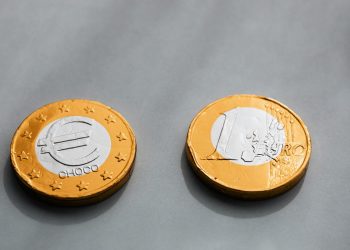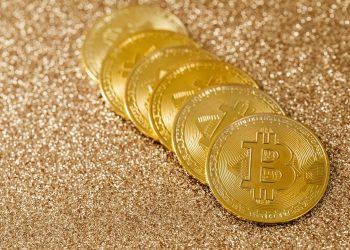There are several methods you can use to determine if a silver coin is real, ranging from simple at-home checks to more advanced, professional tests.
- Magnet test: Genuine silver is not magnetic. If the coin sticks strongly to a magnet (especially a strong rare earth magnet), it’s likely not pure silver or silver-plated over a magnetic base metal.
- Ice cube test: Silver is an excellent conductor of heat. Place an ice cube on the coin; if it’s real silver, the ice will melt noticeably faster than on other surfaces due to the rapid heat transfer.
- Ping or ring test: Holding the coin between your fingers and gently tapping its edge with another coin or a non-abrasive object (like a pencil) will produce a clear, high-pitched ringing sound if the coin is made of genuine silver. Fake coins tend to make a duller thud.
- Visual inspection: Examine the coin for hallmarks or purity stamps (like “925” for sterling silver or “999” for fine silver), and scrutinize the detail and craftsmanship of the design, [according to Sharps Pixley] . Genuine silver typically exhibits a bright, metallic luster that may develop a patina (tarnish) over time. Look for inconsistencies or poor detailing, which can indicate a counterfeit.
- Weight and size test: Compare the coin’s weight, diameter, and thickness against published specifications for that particular coin type. Significant discrepancies could point to a fake.
- Odor Test: Pure silver is nearly odorless. A distinct metallic smell, like iron or copper, might suggest a fake or silver-plated coin.
- Acid Test: This method involves applying a small drop of nitric acid to an inconspicuous area of the coin. A professional jeweler can observe the color change, which indicates the silver’s purity level. Caution: Nitric acid is corrosive and should be handled with care, ideally by a professional.
- Specific Gravity Test: This test measures the coin’s density. It involves weighing the coin in air and then again while submerged in water. The specific gravity can be calculated and compared to the known specific gravity of silver (approximately 10.5 g/cm³). This test can be useful for revealing counterfeits that might have the correct weight but are made of a different, cheaper metal.
- X-Ray Fluorescence (XRF) Testing: XRF analyzers are non-destructive tools that can accurately determine the elemental composition of a coin, including its silver content, in a matter of seconds. This is a more advanced and potentially expensive method, usually performed by professional dealers or appraisers.
- Professional appraisal: If you have concerns about a silver coin’s authenticity, seeking the opinion of a certified appraiser or reputable coin dealer is always a wise decision. They have the experience and equipment to provide a definitive assessment.
- No single test is foolproof. Using a combination of tests provides a more comprehensive assessment.
- Be cautious of deals that seem too good to be true. Counterfeit silver often comes with unusually low prices.
- Buy from reputable dealers. This helps ensure the authenticity of your purchase.











How do you verify silver coins?
Good point! BIS Hallmark Certification
In some countries, silver jewellery and coins must pass a certification process to ensure their purity. In India, for example, the Bureau of Indian Standards (BIS) hallmark ensures that the silver has been tested and verified for its purity.
Do real silver coins stick to magnets?
I can help with that. Gold, silver, and other metals are actually not magnetic. With that being said, certain spoof materials are, in fact, attracted to magnets.